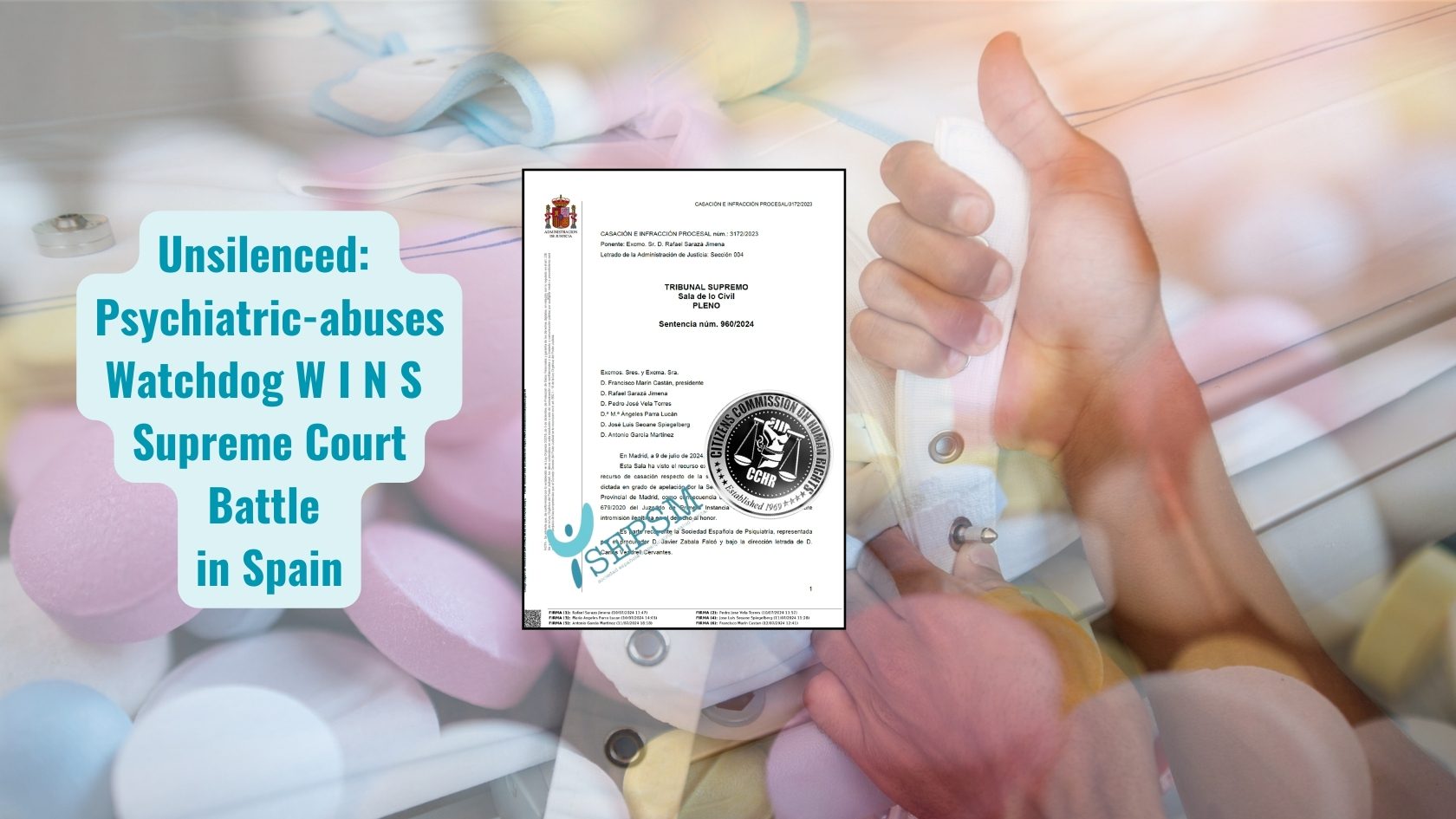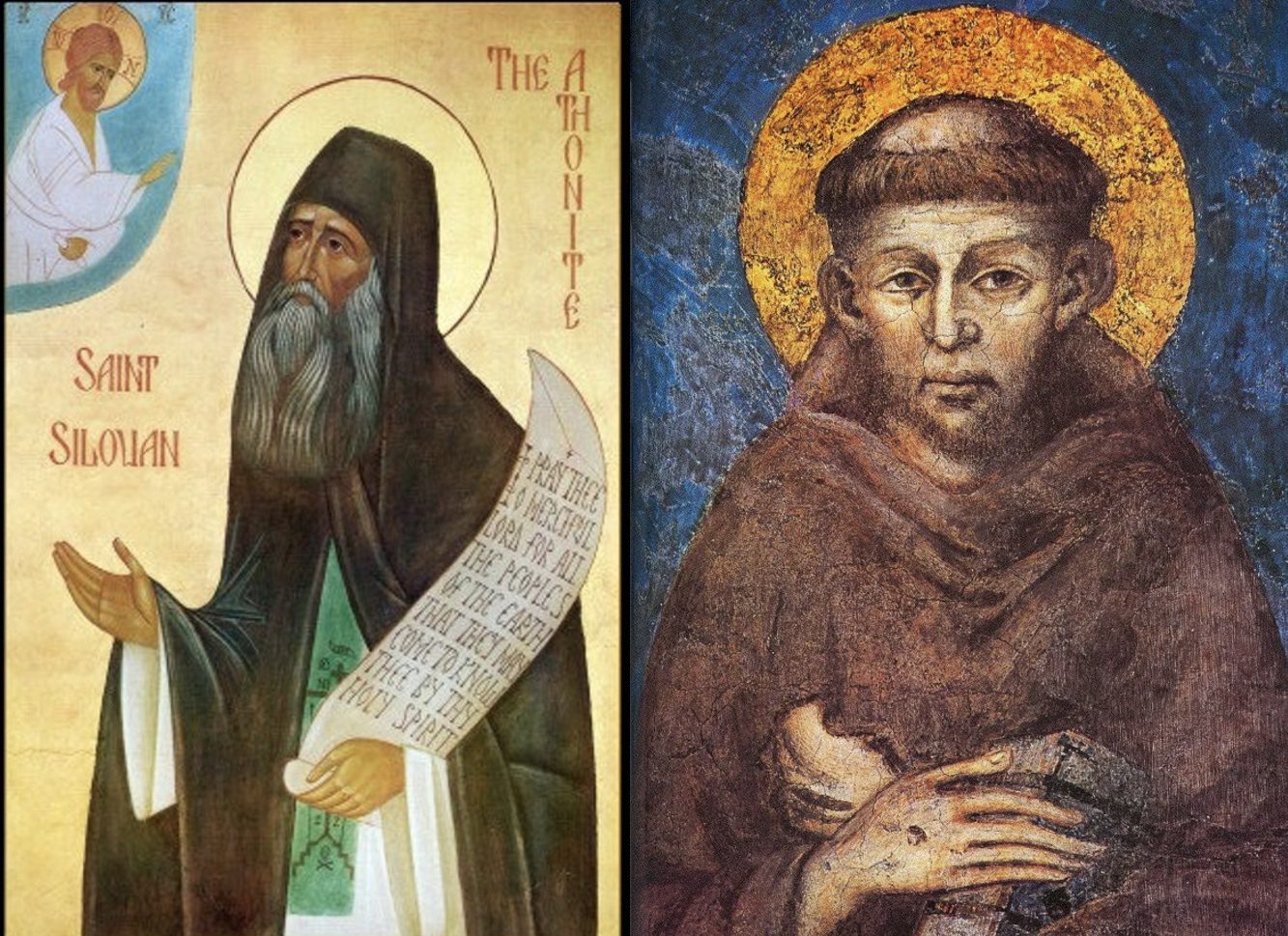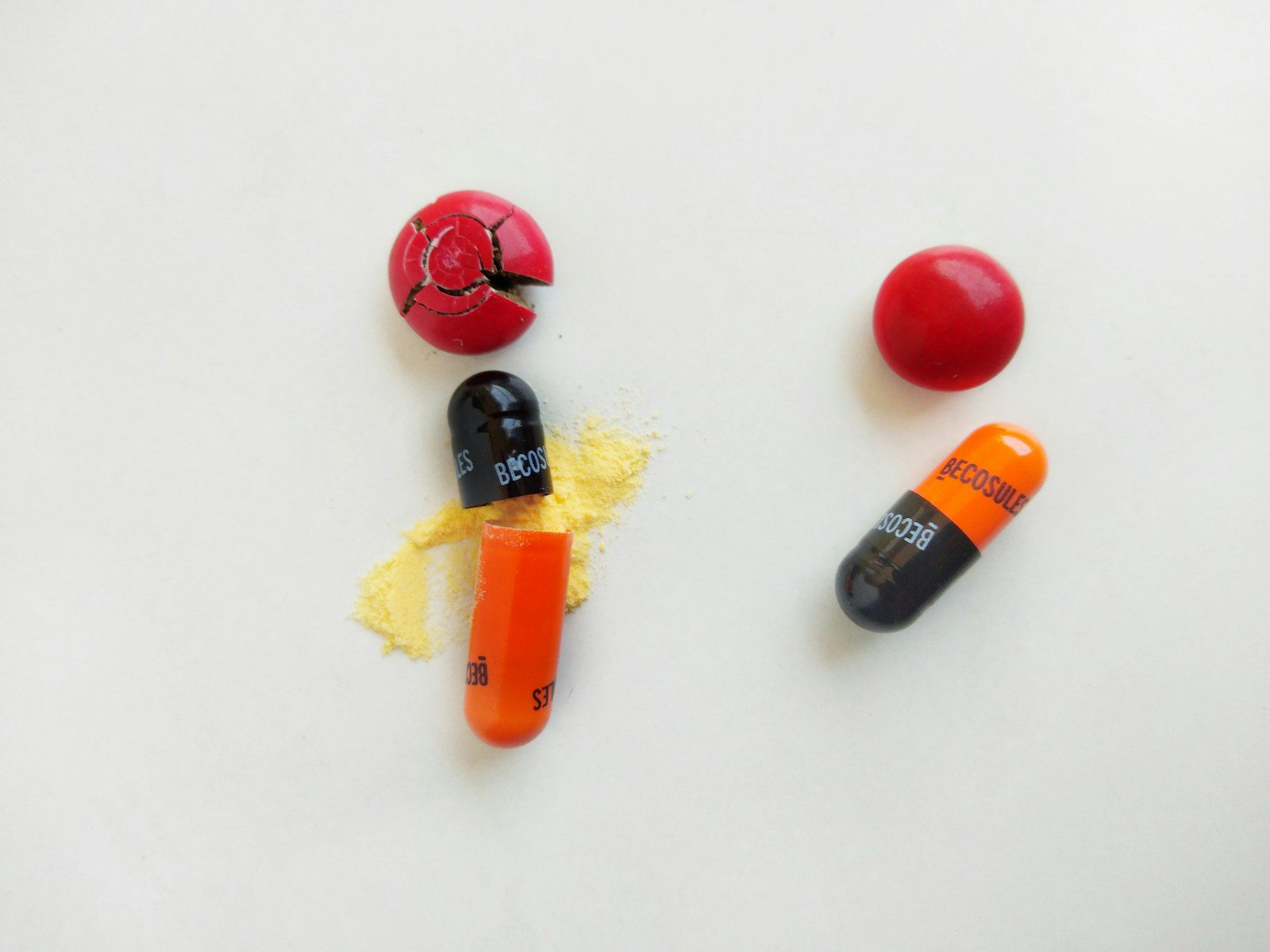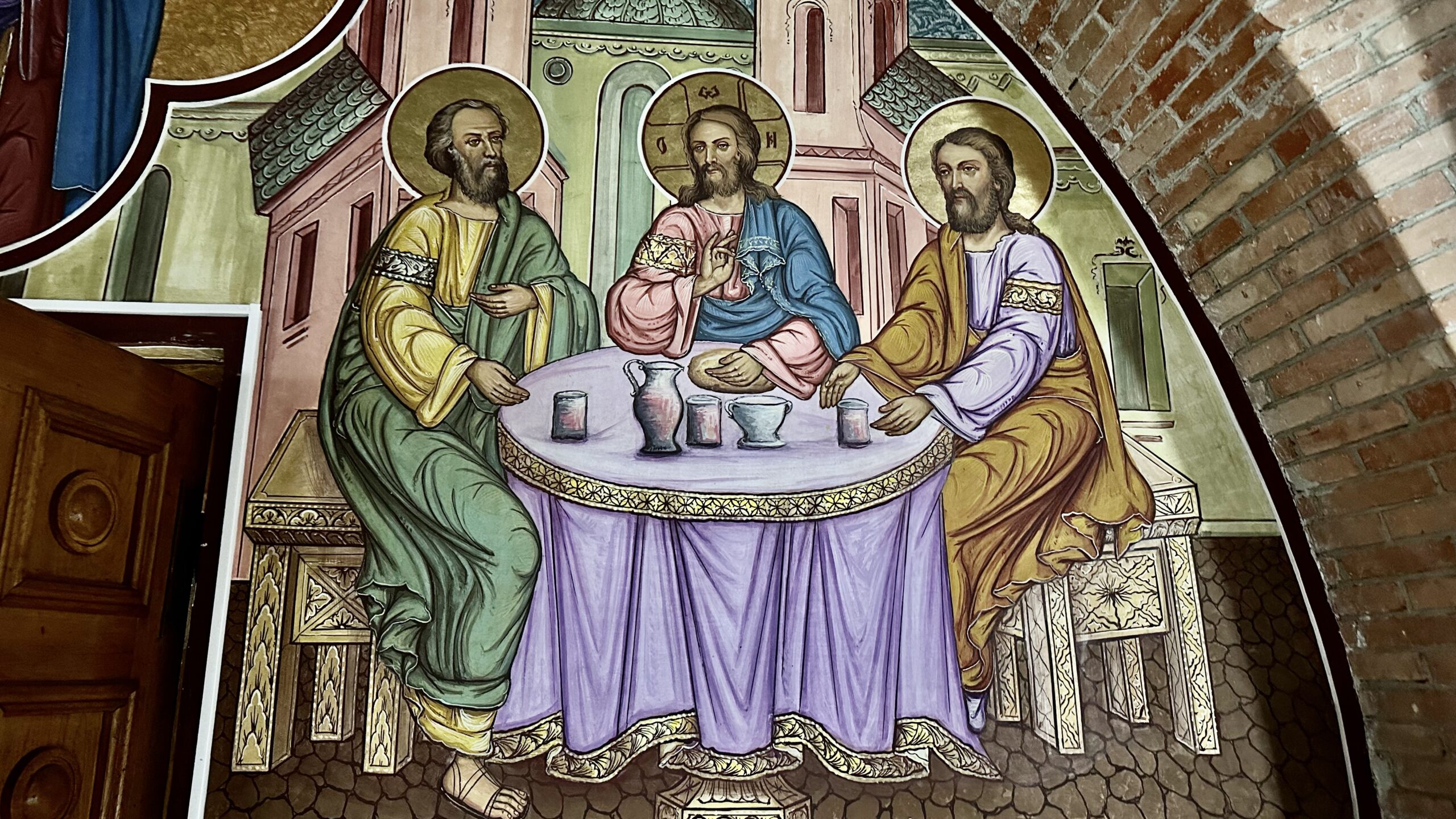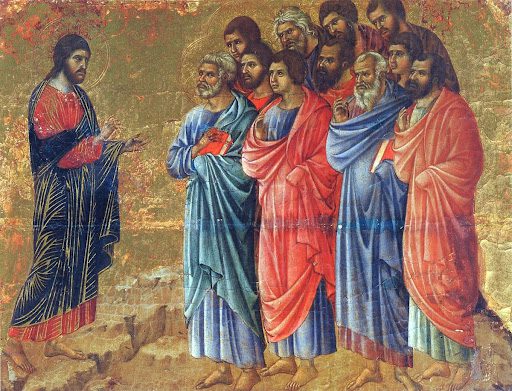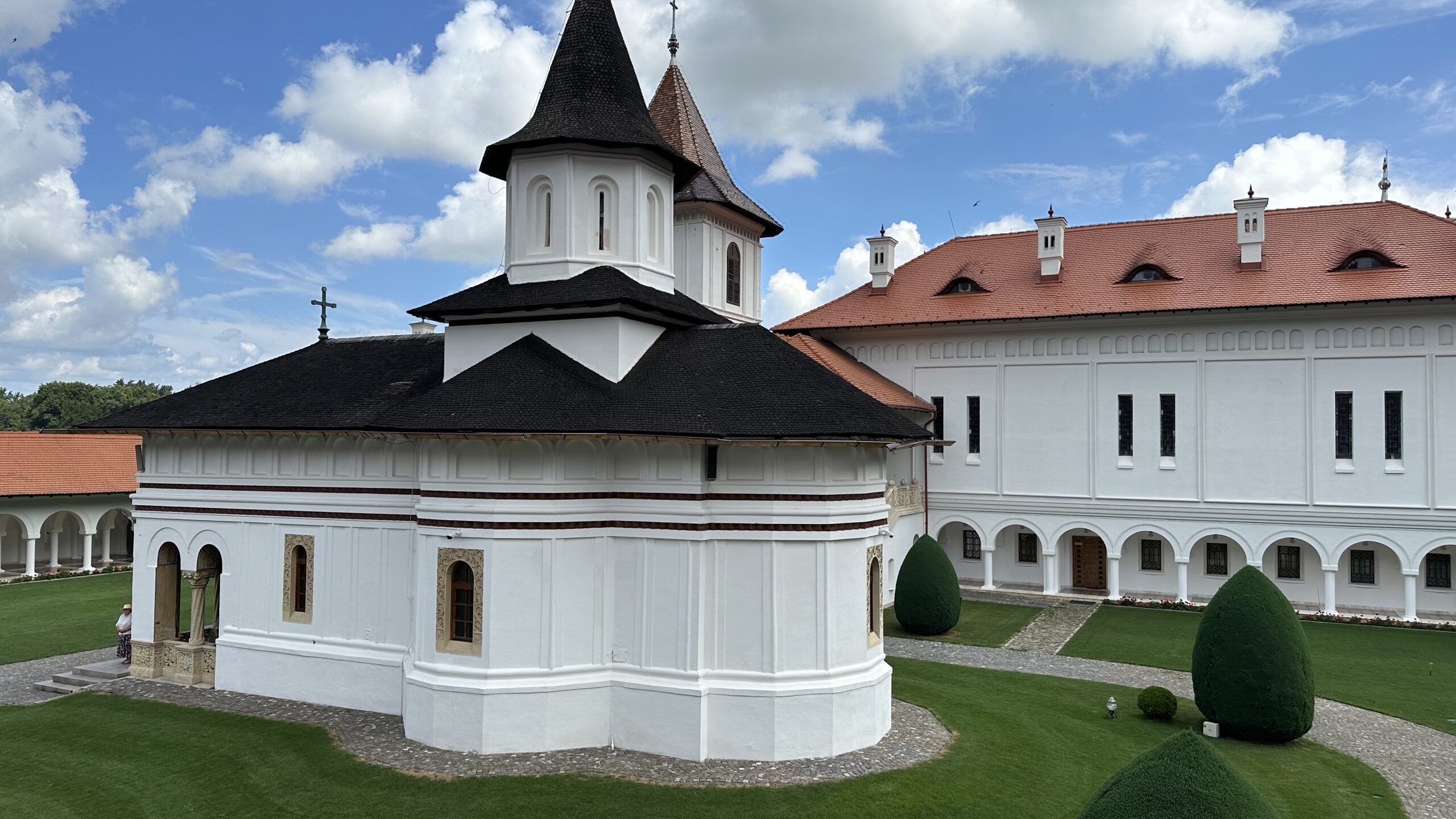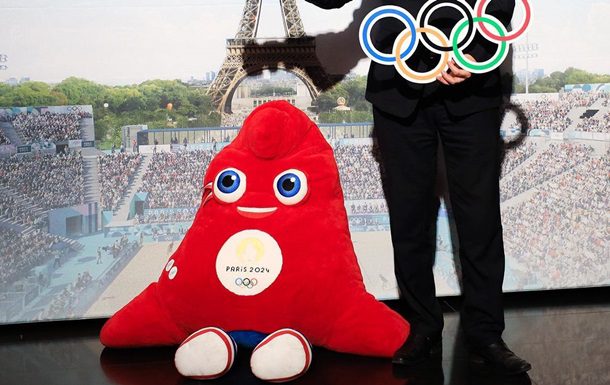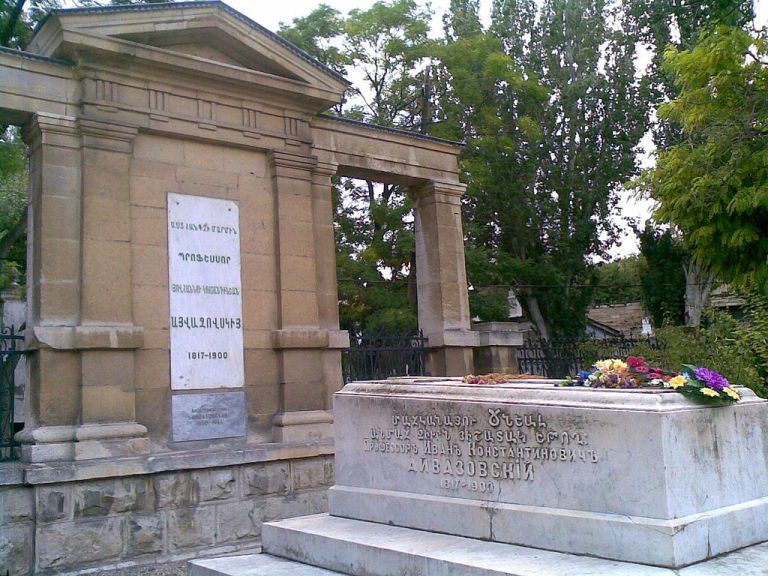The Supreme Court of Spain asserts in its ruling 960/2024 pf the Plenary of the Civil Chamber, that the public debate in which CCHR International and CCHR Spain are participating are of “undoubted general interest” and therefore It has rejected Spanish Society of Psychiatry (SEP)’s claims to muzzle this mental health watchdog group, stating the Supreme Court that:
The challenged publications deal with a matter of undoubted general interest: the debate on certain practices in the field of psychiatry. The extensive documentation submitted by the defendants clearly shows the existence of this debate. The UN rapporteurs’ reports submitted (specifically, the 2017 “Report of the Special Rapporteur on the right of everyone to the enjoyment of the highest attainable standard of physical and mental health” and the 2018 “Annual Report of the United Nations High Commissioner for Human Rights” on “Mental Health and Human Rights“) are a good illustration of the important existing social, political and scientific debate on the issues that are the subject of the challenged publications. The debate on certain psychiatric practices and, in particular, on involuntary institutionalization, use of psychotropic drugs, especially when the patients are children or adolescents, or surgical or electroconvulsive treatments, is of particular importance in today’s society.
The litigation, which has a long history, stemmed from the SEP’s indignation over CCHR’s websites harshly criticizing abusive psychiatric treatments and practices. The websites of CCHR Spain and CCHR Int in the United States contained strong language against psychiatrists, accusing some of criminal behavior, abuse, and unethical practices. Some headlines in Spanish media like the Medical Journal were Supreme Court finds again in favour of Scientology on its attacks to psychiatrists, Supreme Court dismisses psychiatrists’ ‘defense of honor’ claim, Psychiatric Society’s lawsuit over criticism received from associations dismissed and more.
Accused of being criminals, drug traffickers, genocide preachers, and more
The Spanish Society of Psychiatry and Mental Health (SEPSM / formerly SEP) found another resounding slamming of the door of justice, which has once again ruled in favor of the associations linked to the Church of Scientology and their right to criticize the abuses, thus confirming the judgment of the Provincial Court of Madrid.
The litigation goes back a long way to just before COVID-19 when a series of psychiatrists decided they could not allow any more criticism of the abuses that take place in their ranks, as shown on the websites of the Citizens Commission on Human Rights of Spain (CCDH) and Citizens Commission on Human Rights International (CCHR), harshly attacking the abuses.
The litany of harsh and crude words against psychiatrists cannot be wasted and has been collected in the successive rulings on this case. According to the original complaint from the SEP, on the websites of the associations linked to the Church of Scientology it was stated that:
“psychiatrists are criminals, precursors of genocides, responsible for the erosion of education and justice, inciters of drug addiction, drug traffickers, fraudulent practitioners or managers of violence and terrorism, that there was sexual abuse by some psychiatrists of their patients and even that there was an undetermined number of coercive abortions in Spain at the hands of psychiatrists”.
The ruling in its texts covers on the one side the video materials where CCHR shows their evidences and bold statements, opinions and worries:
On the other hand, from the website www.cchr.org.es, whose content is owned and managed by CCHR (Citizens Commission on Human Rights), you can access 8 documentaries that explain what they consider “psychiatric abuse” and are entitled (I) “Psychiatry, an industry of death“,
(II) “Prescription for violence“, (III) “The age of fear. Psychiatry’s reign of terror“, (IV) “DSM. The Diagnostic and Statistical Manual“, (V) “The Hidden Enemy. Inside the hidden agenda of psychiatry”, (VI) “The marketing of madness. Are we all mad?“, (VII) “Making a Killing. The untold story of psychotropic drugging” and (VIII) “Dead Wrong. How psychiatric drugs can kill your child.”
And also the “informative material” found at the website https://www.ccdh.es) of the Spanish Citizens’ Commission on Human Rights (CCDH) where there are 19 booklets with very hard hitting titles, like for example Drugging Children. Psychiatry destroying lives; Deadly restraints. Psychiatric “therapeutic” assault; The Brutal Reality. Harmful Psychiatric ‘Treatments’. Report and Recommendations on the Destructive Practices of Electroshock and Psychosurgery, and many others that you can read at the end of the article (*).
Despite all the above, and few others documented cases, analysis and opinions, the Spanish Society of Psychiatry did not hesitate to file a lawsuit against the associations so as to shut the capability of documenting and expressing their worries on the abuses, for unlawful interference with the right to honor of its associates for the dissemination through its (CCHR) web pages of the aforementioned statements. However, in this battle between the right to honor and the right to freedom of expression, psychiatrists have lost.
On Friday, the Plenary of the Civil Chamber of the Supreme Court dismissed the claim for protection of the right to honor and considered that the Provincial Court of Madrid had correctly weighed the jurisprudential criteria to resolve the conflict between freedom of expression and the right to honor.
There are also some Psychiatrists who denounce the abuses of their colleagues
The ruling of the Supreme Court stated that:
“The publications on the CCDH website challenged in the complaint express very critical opinions regarding certain psychiatric practices (abuse of drug treatment, especially with children and young people, forced internment, coercive treatment, etc.), which they claim constitute a violation of the human rights of psychiatric patients, and question the scientific basis of psychiatry. They also refer to the existence of sexual abuse by some psychiatrists of their patients and even that “[t]here are an undetermined number of coercive abortions in Spain at the hands of psychiatrists”. – In making such criticisms, they make certainly serious assertions about the professionals who carry out these practices. They do not single out specific individuals or all psychiatric professionals (in fact, some of the opinions expressed in their publications are formulated by psychiatrists).”
It acknowledges that “the publications deal with a matter of undoubted general interest“, such as “certain practices in the field of Psychiatry, and, specifically, on involuntary hospitalizations, use of psychotropic drugs, especially when the patients are children or adolescents, or surgical or electroconvulsive treatments“.
The Plenary ruling admits that the opinions and value judgments for which they are brought to court “are not devoid of a sufficient factual basis”. They consider it “relevant” that such practices “do not refer to specific persons, identifiable with their personal data”. And they state that, “despite the severity of the criticisms and the crudeness of the expressions, its content is directly connected to the public debate in a democratic society and is part of the defendant’s conduct of actively intervening in the social debate on Psychiatry through its publications”.
The ruling also states that:
As the judgments of the ECtHR of November 8, 2016, Magyar Helsinki Bizottság v. Hungary, March 13, 2018, Stern Taulats and Roura Capellera v. Spain, November 20, 2018, Toranzo Gómez v. Spain, and May 11, 2021, Halet v. Luxembourg state, freedom of expression does not only protect ideas favorably received or considered inoffensive or indifferent, “but also those that offend, shock or disturb”. And the judgment of the Constitutional Court 226/2016, of December 22, citing previous judgments, states that “within the broad framework granted to freedom of expression are protected, according to our doctrine, “those manifestations that, although affecting the honor of others, are revealed as necessary for the exposition of ideas or opinions of public interest”.
In accordance with the jurisprudence of the ECHR, which is included in the Supreme Court decision, the questioned statements can only affect the honour or reputation of the members if a certain “threshold of severity” or “level of severity” is exceeded, which in this case “is not reached because, although there is homogeneity in the social group affected by the publications in question (the professionals of Psychiatry), the notes of vulnerability, history of stigmatization or unfavorable social situation do not concur.“
Publications address a debate of “undoubted general interest” the Supreme Court says
In regards to the context in which the questioned statements are made and, although “some could be considered excessive”, the Court recognizes, the conduct of CCDH in making these publications “is part of a public debate of great importance in today’s society”, and so, “agreeing to the elimination of such publications would imply an excessive restriction of freedom of expression that would not be justified by an imperative social need”.
The challenged publications deal with a matter of undoubted general interest: the debate on certain practices in the field of psychiatry. The extensive documentation submitted by the defendants [Over 15.000 pages reportedly] clearly shows the existence of this debate. The UN rapporteurs’ reports submitted (specifically, the 2017 “Report of the Special Rapporteur on the right of everyone to the enjoyment of the highest attainable standard of physical and mental health” and the 2018 “Annual Report of the United Nations High Commissioner for Human Rights” on “Mental Health and Human Rights”) are a good illustration of the important existing social, political and scientific debate on the issues that are the subject of the challenged publications. The debate on certain psychiatric practices and, in particular, on involuntary institutionalization, use of psychotropic drugs, especially when the patients are children or adolescents, or surgical or electroconvulsive treatments, is of particular importance in today’s society.
David vs Goliath and the objective reality that prevails in the courts
Celso Arango, former President of the Spanish Society of Psychiatry, and one of the main instigators of the attempted muzzling, portrayed themselves as a victorious victim such as David vs Goliath in a letter to their members of February 2022, accessible through a public interview he gave, paraphrasing Samuel 17:49-50:
“And David put his hand in his bag and took out a stone and slung it and struck the Philistine on his forehead. The stone sank into his forehead, and he fell on his face to the ground. So David prevailed over the Philistine with a sling and with a stone, and struck the Philistine and killed him. There was no sword in the hand of David”. […] I [Celso Arango] began this letter with the verse about David and Goliath. It is clear that a modest Society such as ours was facing an economic giant known for its lobbying capacity […] . However, David’s secret weapons were, in this case, a sling called science and a stone called evidence. No matter how much the giant shouts, loud and strong, lies intended to injure our honor and, much worse, to confuse mentally disturbed people as a form of business, objective reality prevails in the courts. As psychiatrists, we should be proud […] of a justice system that guarantees our rights and ensures that Goliath cannot beat David just because he is bigger and has more money.
It seems that Arango would have wanted to turn it into a religious war, feeling as if psychiatrists were the Chosen People of God, and Scientology members (who founded the CCHR to expose abuses in the mental health field) were the philistines, biblically portrayed as opponents of God’s people. Fortunately, it is believed in society that God is not with those who impose psycho-pharmaceuticals, nor with those who impose electroshock, lobotomies, or even with those who involuntarily commit people to psychiatric hospitals, in complete violation of the directives of the WHO and the Office of the High Commissioner for Human Rights.
However, there is one thing that Arango prophesied rightfully in his letter of February 2022: “objective reality prevails in the courts“.
The Supreme Court in its ruling has a) confirmed that psychiatrists have “possibilities of intervening in the public debate and replicating the unfavorable opinions” and b) confirmed and protected CCHR’s right to participate in a public debate of such importance, as it is the respect of dignity and human rights of those who whole visiting psychiatrists to get help, in too many occasions are betrayed either with failing treatments, and more than any acceptable number of times suffer (when they are lucky) abuses and torture, as opposed to the silent death from side effects of barbaric treatments with which some others end.
Titles of some of the publications
1) “Pseudo Science. The false diagnoses of psychiatry. Reports and Recommendations on the Unscientific Fraud Perpetrated by Psychiatry”, 2) “Elder Abuse, Cruel Mental Health Programs. Report and recommendations on psychiatry’s abusive treatment of the elderly”, 3) “Psychiatry’s Manufactured Chaos and Terror. Report and recommendations on psychiatry’s role in international terrorism”, 4) “Drugging Children. Psychiatry destroying lives. Report and recommendations on fraudulent psychiatric diagnosis and forced drugging of youth”, 5) “Psychiatric Rape. Assault on women and children. Report and recommendations on widespread sex crimes against patients within the mental health system”, 6) “Psychiatric Deception, the subversion of medicine. Report and recommendations on psychiatry’s destructive impact on health care”, 7) “Creating Racism. Psychiatry’s Betrayal. Report and recommendations on psychiatry causing racial conflict and genocide”, 8) “Causing Harm to Artists. Psychiatry ruining creativity. Report and recommendations on psychiatry’s assault on the arts”, 9) “Deadly restraints. Psychiatric “therapeutic” assault. Report and recommendations on the violent and dangerous use of restraints in mental health facilities,” 10) “The Real Crisis in Mental Health Today. Report and Recommendations on the Lack of Science and Results within the Mental Health Industry,” 11) “Harming Youth. Psychiatry Destroying Young Minds. Report and recommendations on harmful mental health determinations, evaluations and programs within our schools”, 12) “Eroding Justice, Psychiatry’s Corruption of the Law. Report and Recommendations on Destructive Psychiatric Influence in the Courts and Correctional Services,” 13) “Schizophrenia, Psychiatry’s Disease for Profit. Report and recommendations on psychiatric lies and their diagnoses”, 14) “Psychiatry, trapping your world in drugs. Report and Recommendations on Psychiatry’s Creation of the Current Drug Crisis,” 15) “Rehab Fraud. Psychiatry’s Drug Scam. Report and Recommendations on Methadone and Other Disastrous Psychiatric Drug “Rehab” Programs,” 16) “The Brutal Reality. Harmful Psychiatric ‘Treatments’. Report and Recommendations on the Destructive Practices of Electroshock and Psychosurgery,” 17) “Profane Assault. Psychiatry versus religion. Report and recommendations on psychiatry’s subversion of religious beliefs and practices,” 18) “Mass Fraud. The corrupt psychiatry industry. Report and recommendations on a criminal monopoly on mental health”, and 19) “Community Ruin: Psychiatry’s coercive “care”. Report and recommendations on the failure of community mental health and other coercive psychiatric programs.”



